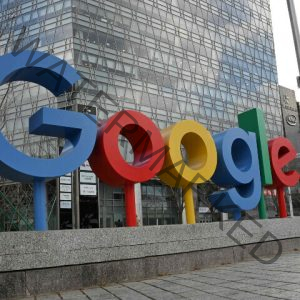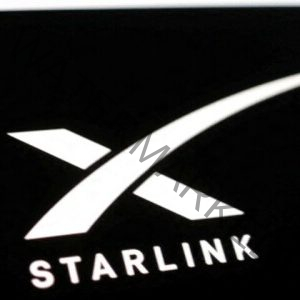Scientists in the United States made a breakthrough in fusion energy on Tuesday that has the potential to help slow climate change in the future if businesses can commercialize the technology in the coming decades.
According to the US Energy Department, on December 5, scientists at the Lawrence Livermore National Lab in California briefly achieved a net energy gain in a fusion experiment using lasers for the first time. To transform two light atoms into a denser one and release energy, the researchers focused a laser on fuel.
At an Energy Department event, Lawrence Livermore director Kimberly Budil told reporters that commercialization is probably sooner than five or six decades away because of obstacles in science and technology. We could construct a power plant within a few decades of concerted effort and investment in research into the underlying technologies, Budil stated.
Researchers have known for about a century the combined abilities of the sun and have sought after creating combinations on Earth for quite a long time.
According to the Energy Department, the experiment briefly achieved fusion ignition by producing 3.15 megajoules of energy after the laser delivered 2.05 megajoules to the target.
Arati Prabhakar, director of the White House Office of Sciences and Technology Policy, said that the experiment is a “tremendous example of what perseverance can achieve.” She heard about fusion at Livermore when she worked there briefly in 1978 as a teenager.
Outside of the laboratory, nuclear scientists said that while the achievement will be a significant milestone, there is still a lot of research to be done before fusion can be used for profit.
Expert in nuclear energy at the University of Cambridge Tony Roulstone estimated that the experiment’s energy output was only 0.5% of the energy required to fire the lasers.
Roulstone stated, “Therefore, we can say that this result… is a success of the science; however, it is still a long way from providing useful, abundant, and clean energy.” A power plant would need to produce sufficient energy to continuously ignite the lasers in order to become commercially viable.
Budil described the experiment as “one igniting capsule (of fuel) at a time.” You must be able to produce a large number of fusion ignition events per minute in order to produce commercial fusion energy.”
The electricity industry cautiously welcomed the move, but it emphasized that in order to complete the energy transition, efforts to develop other alternatives like solar and wind power, battery storage, and nuclear fission should not be slowed down by fusion.
Andrew Sowder, a senior technology executive at the nonprofit energy research and development organization EPRI, stated, “It’s the first step that says ‘Yes, this is not just fantasy, this can be done, in theory.'”
According to Debra Callahan, a senior scientist at Focused Energy who worked at Lawrence Livermore Labs until the end of this year, “the results of the lab will help companies figure out how to make lasers more efficient.” What has been accomplished and what lies ahead excite everyone.
According to the Fusion Industry Association, Focused Energy is one of the dozens of companies working to commercialize fusion energy. These companies have raised approximately $5 billion in private and public funding, with more than $2.8 billion coming in the 12 months prior to June of this year. Commonwealth Fusion Systems is one of many that wants to use powerful magnets instead of lasers.





